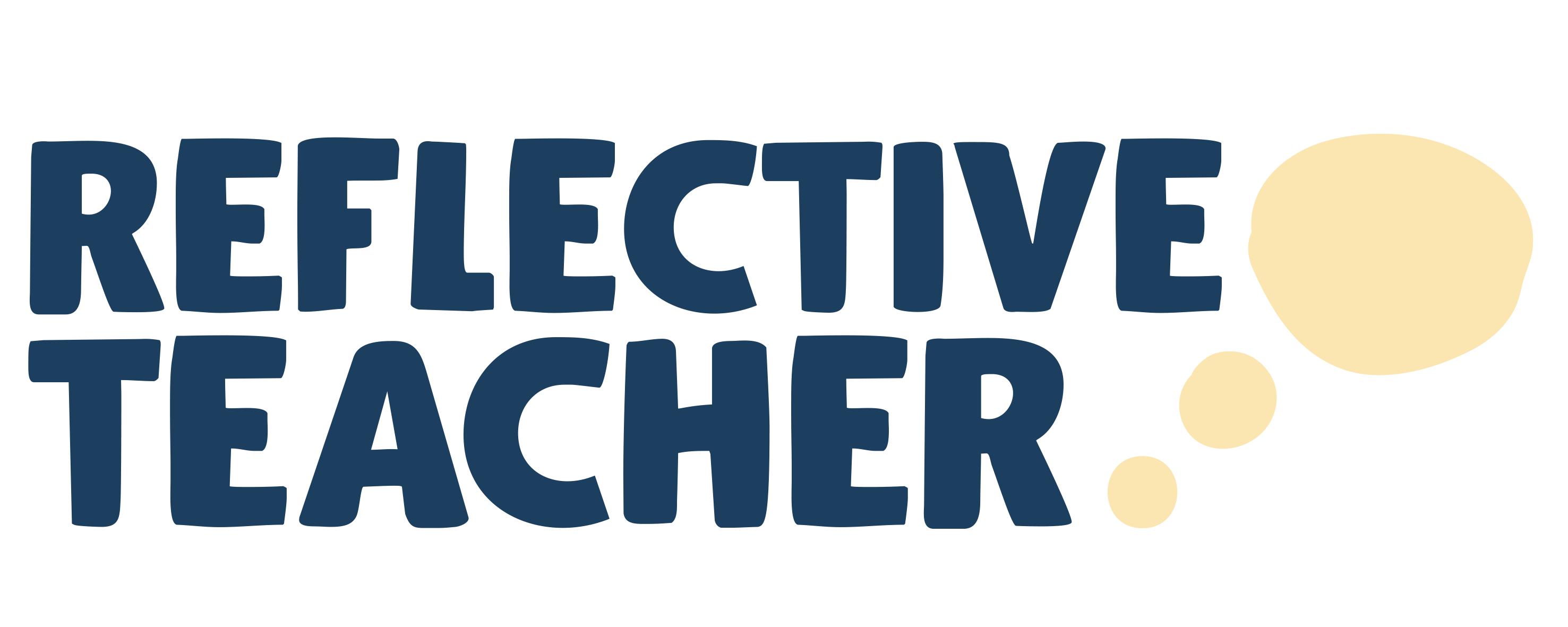Crafting the perfect blend of constructive criticism and encouragement can be a challenging yet essential skill for educators. In the realm of teaching, feedback serves as a compass for students, guiding them towards improvement and mastery. This article delves into the art of delivering constructive criticism, offering insightful teacher feedback examples that nurture student growth and learning.
Educators frequently grapple with the delicate balance between pointing out areas for improvement and inspiring confidence in their students. By mastering the art of providing constructive criticism, teachers can foster resilience, motivation, and a growth mindset in their classrooms. Through real-life scenarios and practical illustrations, we’ll explore how to deliver feedback that not only identifies areas for development but also empowers students to take ownership of their learning journey.
Join us as we uncover the nuances of effective teacher feedback, unlocking strategies that inspire students to strive for excellence while embracing the learning process.

Understanding constructive criticism
Constructive criticism is a form of feedback that is intended to provide guidance for improvement. It involves identifying areas for development while offering actionable suggestions for enhancement. In the context of education, constructive criticism is a powerful tool for empowering students to enhance their skills and knowledge. It is not about pointing out flaws, but rather about fostering a growth mindset and promoting continuous learning.
When delivered effectively, constructive criticism can inspire students to embrace challenges, take risks, and persist in the face of setbacks. It is a catalyst for self-reflection and growth, laying the foundation for a culture of excellence in the classroom. Understanding the underlying principles of constructive criticism is pivotal for educators seeking to create an environment where students are motivated to excel and expand their capabilities.
The importance of constructive criticism in teaching
In the realm of education, constructive criticism plays a pivotal role in shaping students’ academic and personal development. By providing targeted feedback that is specific, actionable, and supportive, teachers can ignite a sense of agency and ownership in their students. Constructive criticism empowers learners to recognize their strengths, acknowledge areas for improvement, and take proactive steps towards growth.
Moreover, constructive criticism fosters resilience and adaptability in students, instilling in them the mindset that challenges are opportunities for learning and advancement. It creates a culture of continuous improvement, where mistakes are viewed as valuable lessons and feedback is embraced as a catalyst for progress. When integrated into the fabric of teaching, constructive criticism becomes a cornerstone of student success and achievement.
Examples of effective teacher feedback
Effective teacher feedback encompasses a spectrum of approaches, each tailored to the unique needs and aspirations of students. One example of constructive criticism is the use of specific, actionable language to highlight areas for improvement while also acknowledging the student’s efforts and progress. For instance, instead of simply stating, “Your essay needs improvement,” a teacher could provide targeted feedback such as, “Your essay demonstrates strong analysis, and to enhance its impact, consider incorporating additional examples to support your arguments.”
Another example involves the use of constructive praise in conjunction with areas for growth. By acknowledging the student’s strengths and achievements before offering suggestions for improvement, teachers can create a balanced feedback loop that motivates and inspires. This approach reinforces the idea that growth is a continuous journey and that students are capable of overcoming challenges with the right support and guidance.
Providing constructive criticism for different learning styles
Students possess diverse learning styles, and effective constructive criticism takes into account these variations to tailor feedback that resonates with each individual. For visual learners, providing annotated visuals or diagrams alongside verbal feedback can enhance their understanding of the areas for improvement. Auditory learners may benefit from verbal discussions that emphasize constructive feedback in a conversational manner, allowing them to process and internalize the guidance effectively.
Kinesthetic learners, on the other hand, thrive on hands-on experiences, and incorporating tactile activities and demonstrations into the feedback process can bolster their comprehension and retention of improvement suggestions. By recognizing and accommodating different learning styles in the delivery of constructive criticism, educators can ensure that their feedback resonates with each student, maximizing its impact on their growth and development.
Encouraging growth through constructive criticism
The essence of constructive criticism lies in nurturing growth and progress. It is an opportunity for educators to instill in their students the belief that improvement is attainable through dedication, perseverance, and openness to feedback. By framing constructive criticism as a pathway to advancement rather than a critique of shortcomings, teachers can cultivate a culture of continuous improvement and resilience in their classrooms.
Encouraging students to view constructive criticism as a catalyst for self-discovery and enhancement empowers them to embrace challenges with confidence and determination. It fosters a mindset where feedback is welcomed as an integral part of the learning process, driving students to seek out opportunities for refinement and expansion of their skills and knowledge. Ultimately, the goal of constructive criticism is to inspire students to strive for excellence while nurturing their intrinsic motivation and passion for learning.
Implementing constructive criticism in the classroom
The effective implementation of constructive criticism in the classroom requires a strategic and empathetic approach. Creating a safe and supportive environment where students feel comfortable receiving feedback is essential for its successful integration. Establishing clear expectations and guidelines for constructive criticism sets the stage for constructive and meaningful interactions between teachers and students.
Moreover, integrating peer feedback and self-assessment exercises into the learning process equips students with the skills to evaluate their own work and provide constructive criticism to their peers. This collaborative approach not only reinforces the value of feedback but also cultivates a sense of responsibility and empathy among students, as they learn to offer and receive constructive criticism with respect and consideration.
Overcoming challenges in delivering constructive criticism
Delivering constructive criticism is not without its challenges, and educators may encounter resistance or defensiveness from students when providing feedback. Overcoming these obstacles requires patience, empathy, and a willingness to engage in open dialogue with students. Building trust and rapport with students creates a foundation of mutual respect, making it easier for them to accept and act on constructive criticism.
Additionally, framing feedback as an opportunity for growth rather than a judgment of capability can mitigate resistance and encourage students to embrace the guidance offered. By fostering a culture of open communication and constructive feedback, educators can navigate the challenges of delivering feedback with empathy and understanding, paving the way for meaningful and impactful interactions with their students.
The impact of constructive criticism on student development
The impact of constructive criticism extends far beyond academic improvement; it shapes the attitudes, habits, and character of students, molding them into resilient, self-aware, and motivated individuals. When students receive constructive criticism that is delivered with care and intention, they develop a sense of agency and self-efficacy, recognizing their capacity for growth and improvement.
Furthermore, constructive criticism fosters a growth mindset, where students perceive challenges as opportunities for development rather than insurmountable obstacles. This mindset permeates every aspect of their lives, empowering them to approach new experiences with confidence, embrace feedback with openness, and persist in the face of adversity. The enduring impact of constructive criticism on student development transcends the classroom, shaping their outlook on learning, achievement, and personal growth.
Resources for improving constructive criticism skills
For educators seeking to enhance their constructive criticism skills, a wealth of resources is available to facilitate professional development and growth. Professional development workshops, online courses, and educational conferences offer opportunities for teachers to explore best practices in delivering constructive criticism and honing their feedback strategies. Additionally, mentorship programs and peer collaboration provide avenues for educators to exchange insights and refine their constructive criticism techniques.
Books and articles authored by experts in the field of education and psychology offer valuable perspectives and practical guidance for improving constructive criticism skills. By engaging with these resources and actively seeking opportunities for self-improvement, educators can elevate their capacity to deliver effective and impactful feedback, ultimately enriching the learning experience for their students.
Conclusion
Mastering the art of constructive criticism is a transformative journey that empowers educators to inspire growth, resilience, and a passion for continuous learning in their students. By recognizing the profound impact of constructive criticism on student development, educators can embrace the responsibility of delivering feedback that nurtures potential, fosters self-confidence, and instills a lifelong love for learning. With a commitment to empathy, intentionality, and continuous improvement, educators can cultivate a culture where constructive criticism becomes a catalyst for excellence and personal growth, propelling students towards a future filled with boundless opportunities and achievements.



Comments are closed